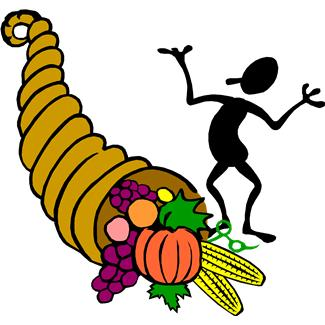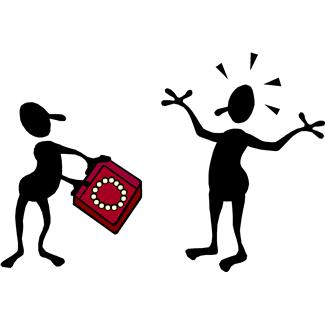
You may have heard that Microsoft is scrapping clipart, the handy collection of stock linedrawings that have embellished thousands of documents since the 1990s. You may even be confused or worried about what to do now when you need a bemused stick man to add to your documents or presentations
But fear not. You can still add that unprofessional touch to your banal output with uninspiring imagery. Just follow our step by step guide.






